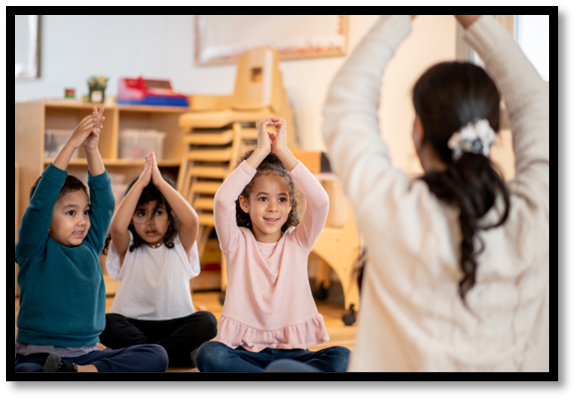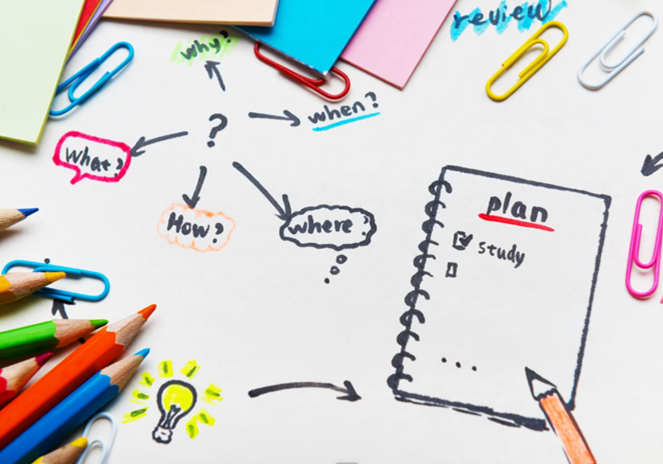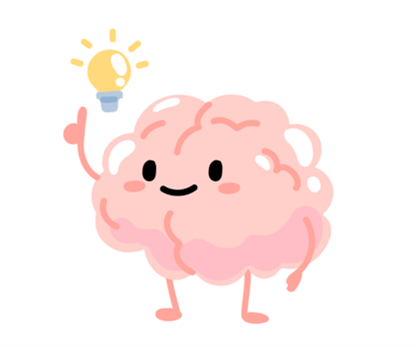‘Control your body’, ‘Go back to your seat’, ‘Sit still’, ‘Keep your hands to yourself’, ‘Get back in line’.
Sound familiar? Chances are pretty high that if you’re a teacher or administrator, you may even have said one of those things today! But for so many of our students, particularly those who are affected by trauma, staying in line and in your seat and under control are much easier said than done. Not because they’re ‘busy’ or ‘hyper’ or inherently naughty, but because they have an unmet regulation need. Recognizing this as we work toward becoming trauma invested is critical. We must first understand the root issues of our children in need. Only then can we effectively understand and address what our students desire and require in order to have a positive education experience. Over the course of this blog series about becoming trauma invested and providing social-emotional learning based interventions, we’re exploring meeting the needs of relationship, responsibility and regulation, with today’s focus being on regulation.
For those of us in education, regulation interventions are the least complicated for us to provide; not because it’s a cinch to help children regulate, but because of the very straight-forward cause and effect connection that we’re helping students to make. In addition to being the least complicated, regulation is also the most important attribute for students to have in place. Our students must be regulated in order to learn, and it all begins in the brain. Think about it this way: Our brains are designed in order for us to survive…to run away from danger, to fight back when we’ve can no longer run, and to freeze when our fear has taken over. Chemicals like cortisol and adrenaline are released to help us during these dangerous situations, and we’re grateful for them when confronted with certain life-events. However, for children in trauma these reactions are not reserved for things like bear attacks. Instead, our students living with trauma’s brains being exposed to these chemicals and physical reactions nonstop, thus ravaging their body’s systems and perpetuating excitable and even sometimes defensive or aggressive behavior.
With this information at the forefront, how might you identify a student with an unmet regulation need?
They often display the following behaviors:
- Difficulty with change (transitions, a special school assembly, an unexpected announcement over the PA system and more)
- Constantly fidget (This propensity towards being a wiggle worm can not only disrupt the learning of the student in question, but can agitate & distract students nearby, as well.)
- Shut down (This goes back to the freeze response mentioned earlier, and sometimes shows itself as hiding under a desk, wanting to keep a hoodie up, and even daydreaming.)
- Ride an emotional roller coaster
What are some effective strategies to support children with regulation needs?
- Provide weighted pencils and weighted lap pads
- Play soothing music to reinforce a calm classroom environment
- Provide a stress ball
- Play a gentle game of catch with a light foam ball or mini-pillow to focus the brain on a quiet, harmless task to help refocus the brain
- Allow doodling or knitting to occupy the students hands. Some children (and adults!) need this in order to concentrate and process information
- Provide ‘bottom’ or ‘brain breaks’
At the end of the day, when working with children who need regulation and are living with trauma, it’s important to remember the words of the great Fred Rogers. He said, “There are three ways to ultimate success. The first way is to be kind. The second way is to be kind. The third way is to be kind.” Keep in mind that you are the safe, consistent and kind adult in the lives of your boys and girls.
To dive deeper into how you can recognize and meet specific student needs through social emotional learning strategies, check out each of our blogs in this four part series!
If you’d like to learn how GrapeSEED helps children to naturally acquire English while using strategies like Total Physical Response and student interaction, click here.




Ready to Start Your Journey?

6425 Living Place
Suite 200 #1021
Pittsburgh, PA 15206
Tel: 800-449-8841
Email: contact.us@grapeseed.com
© 2024 GRAPESEED INTERNATIONAL PTE. LTD.
